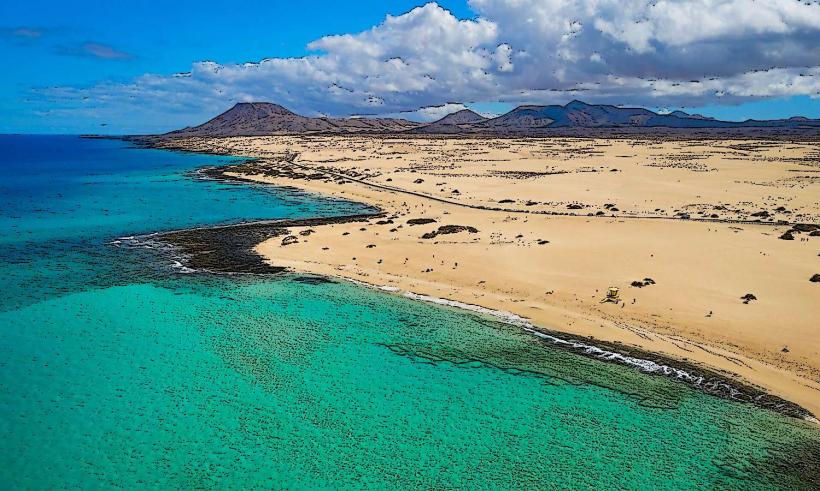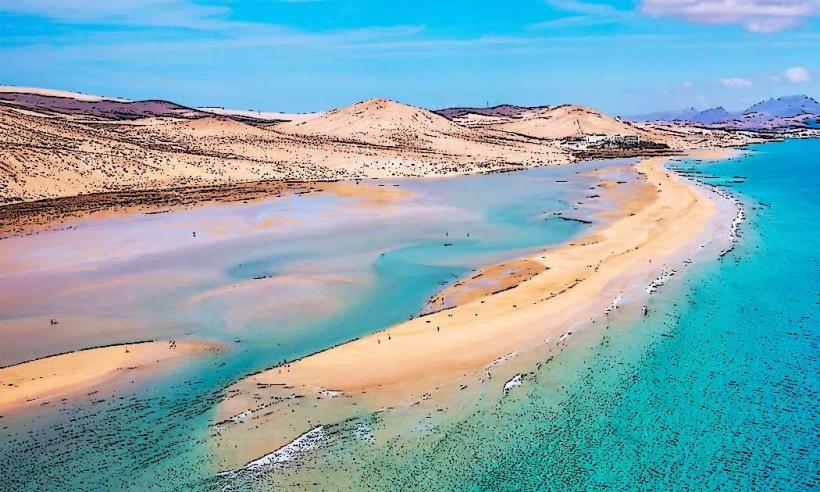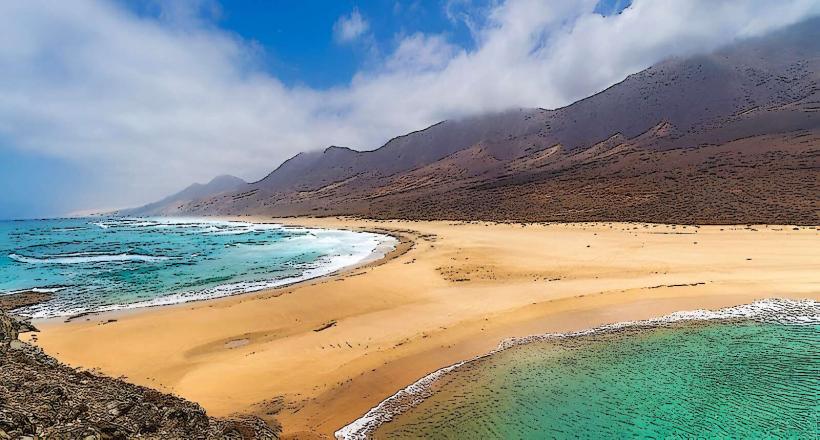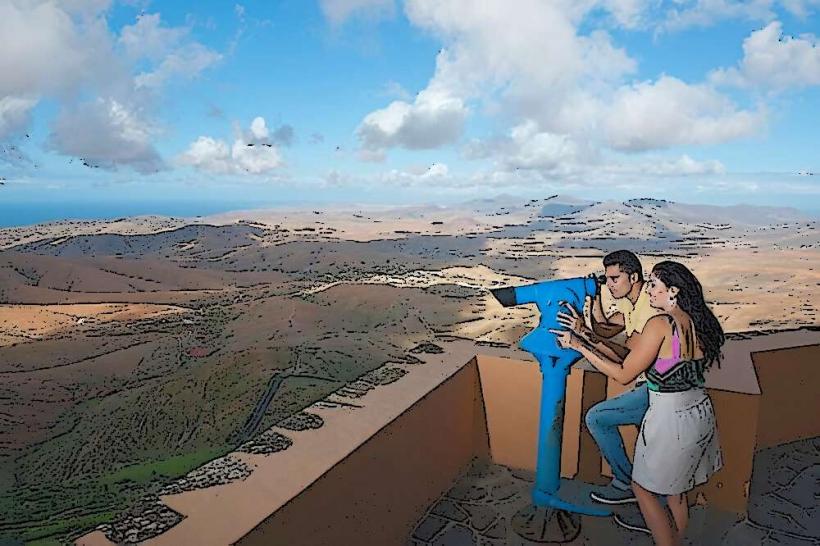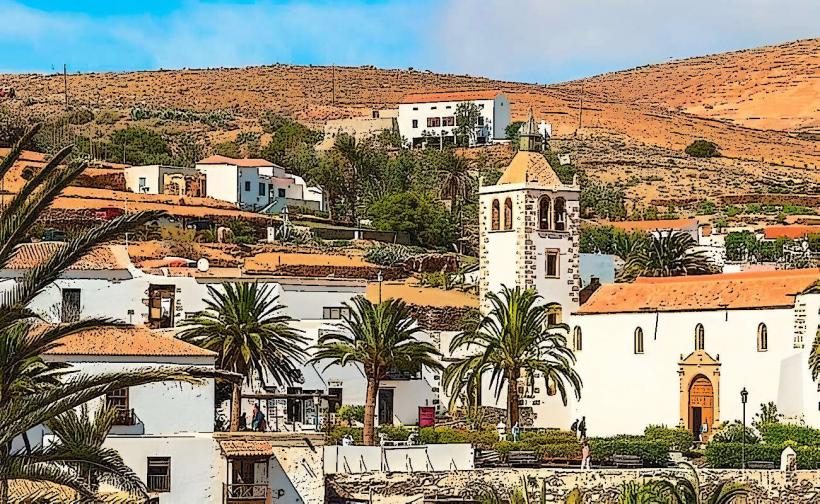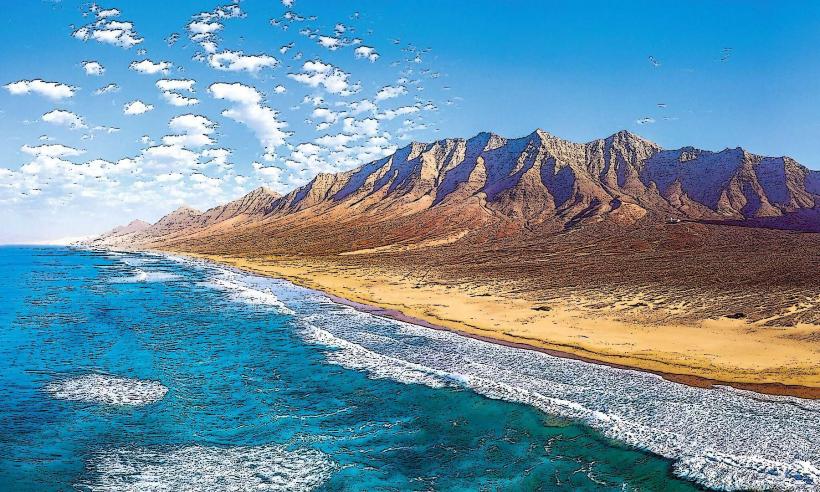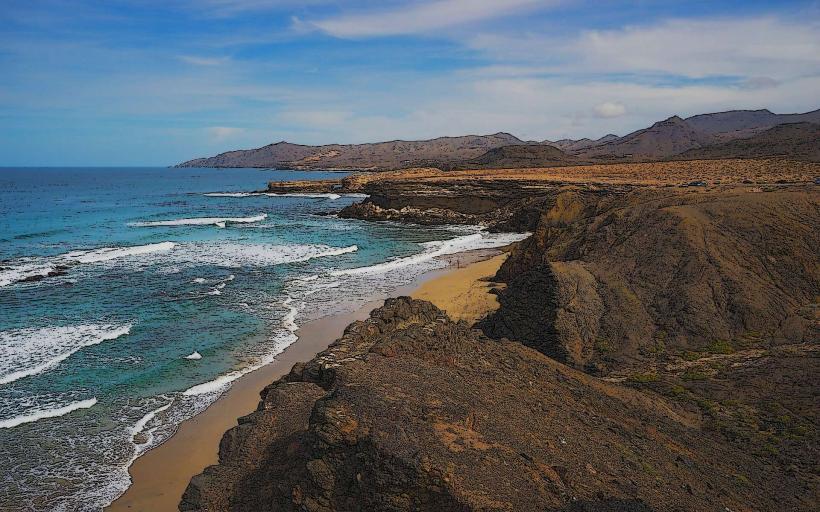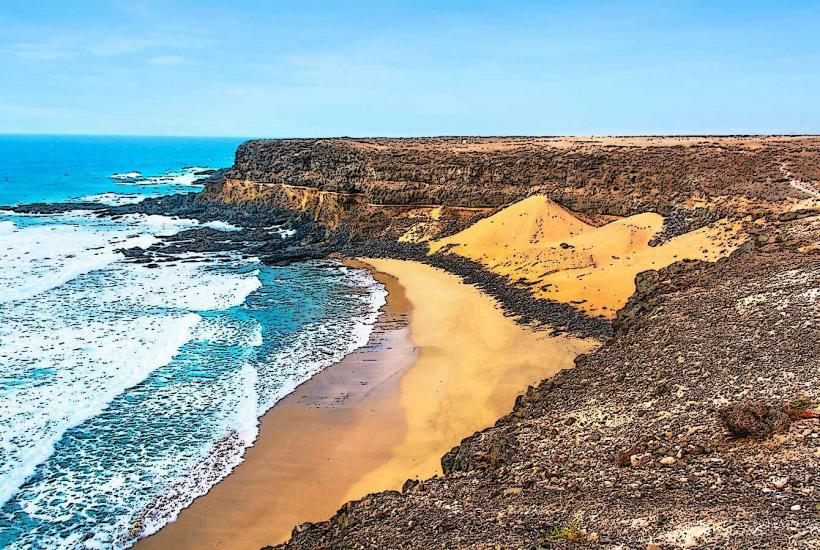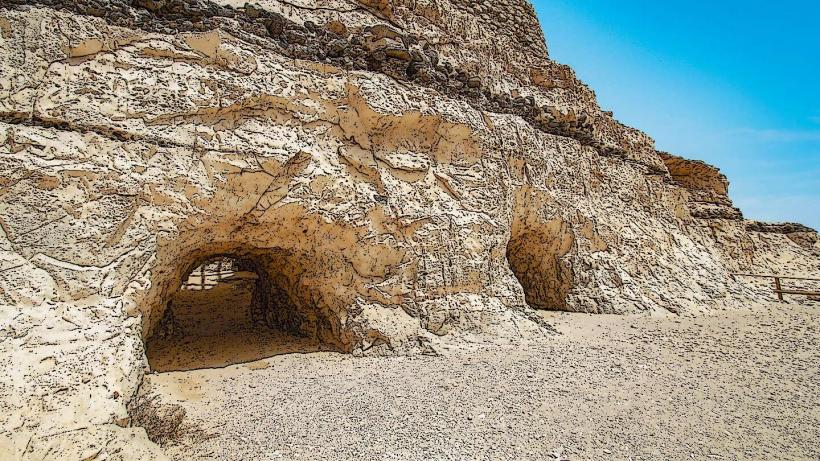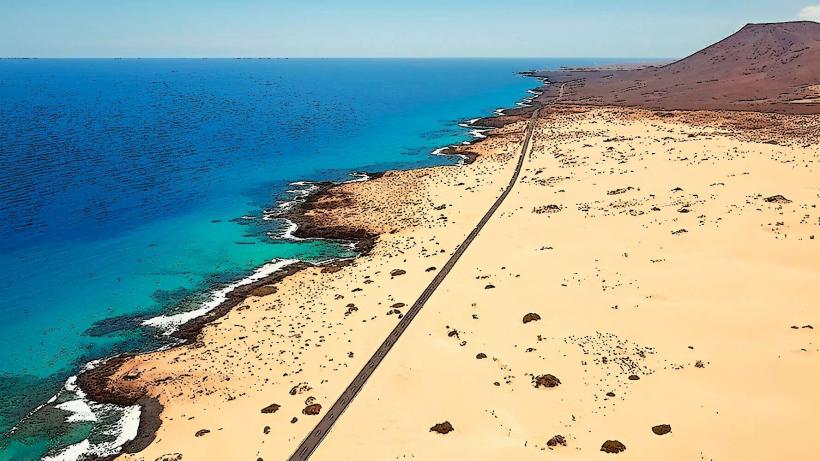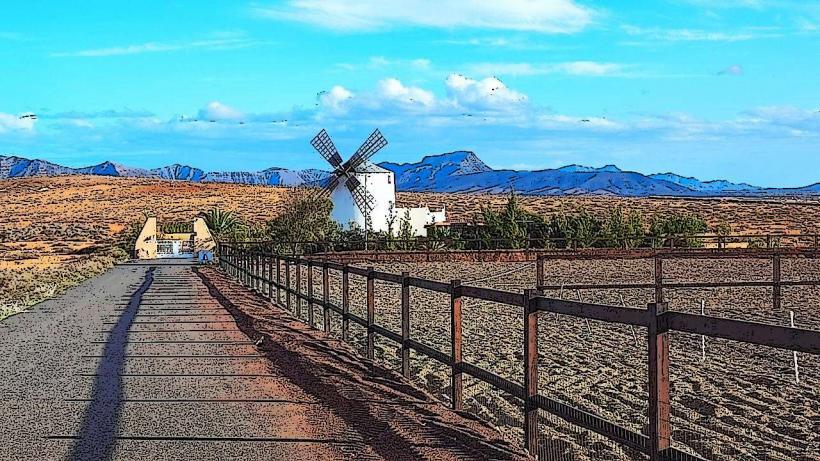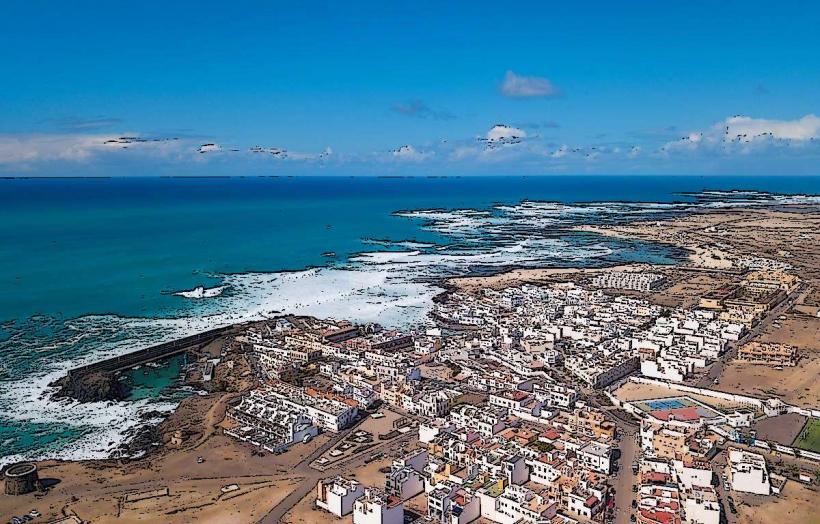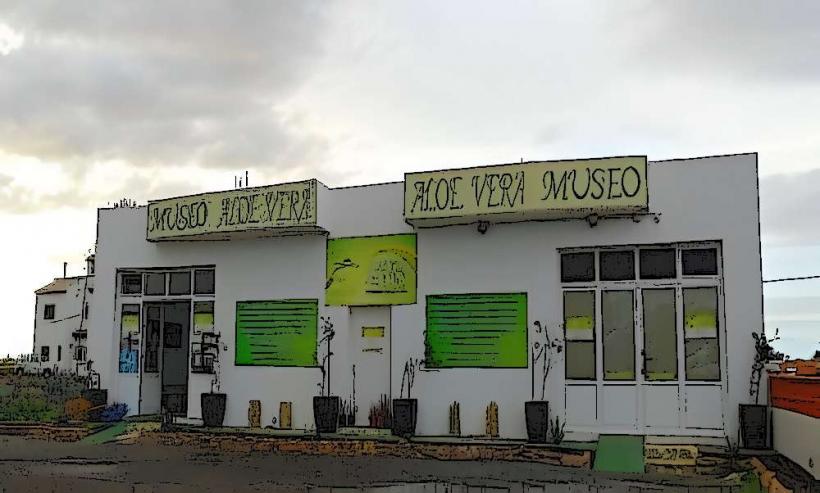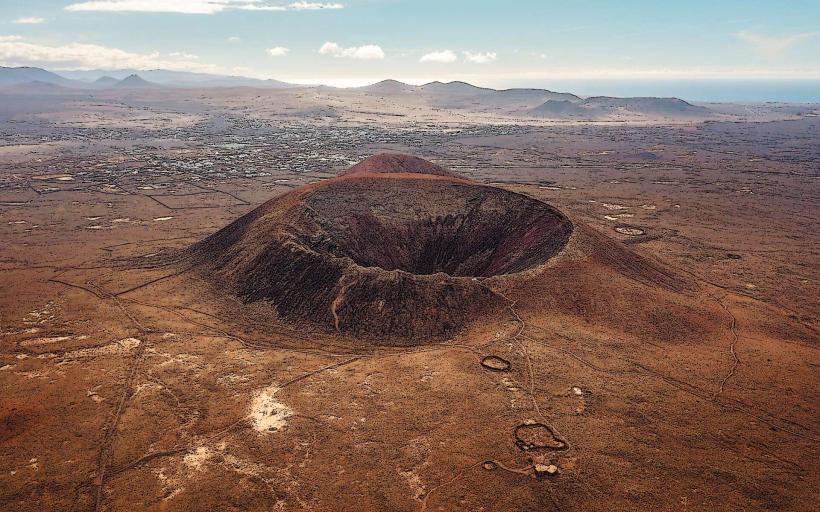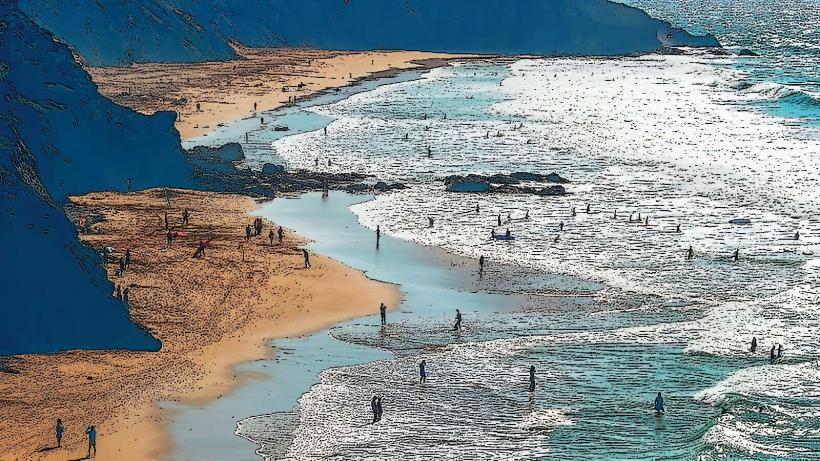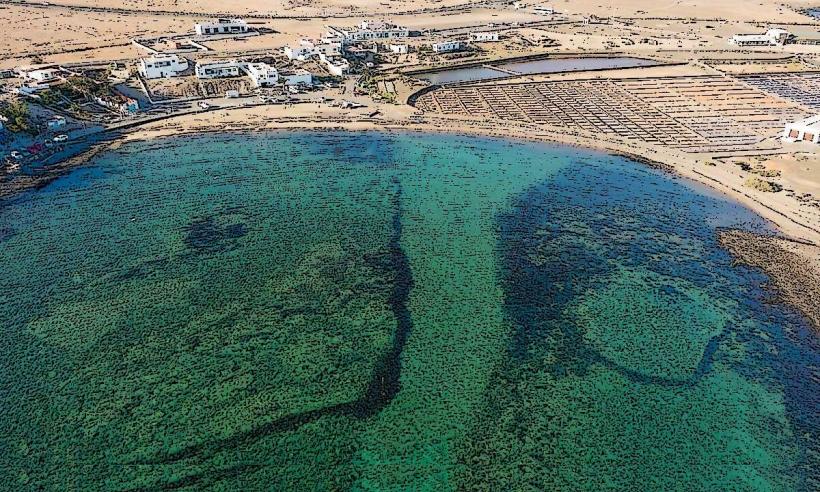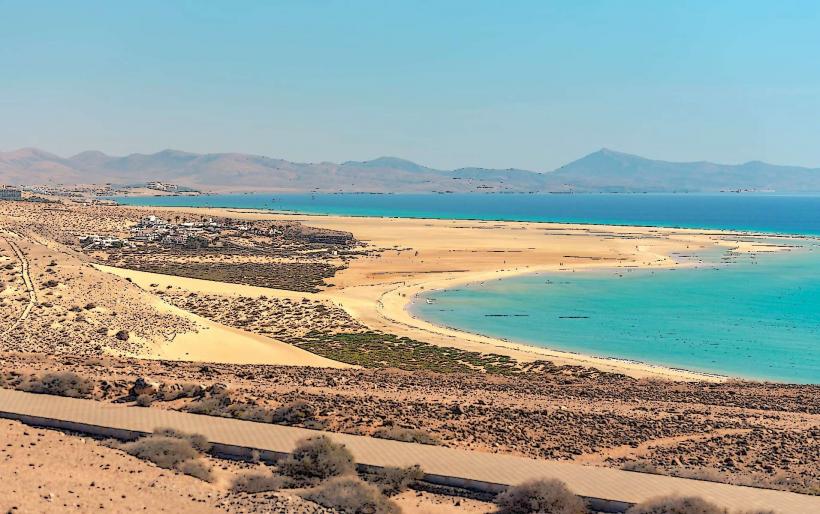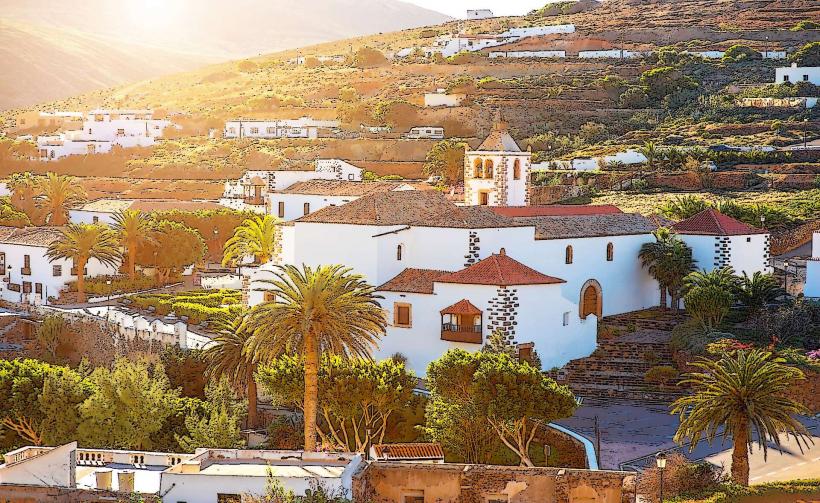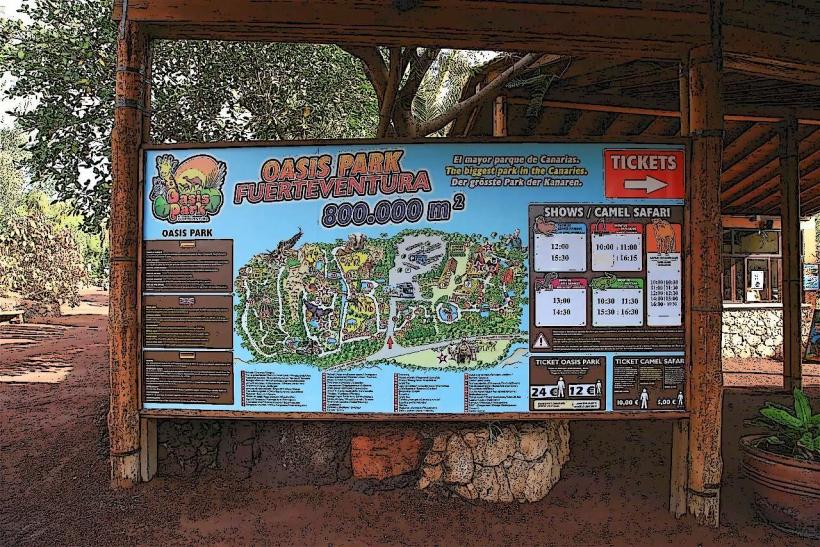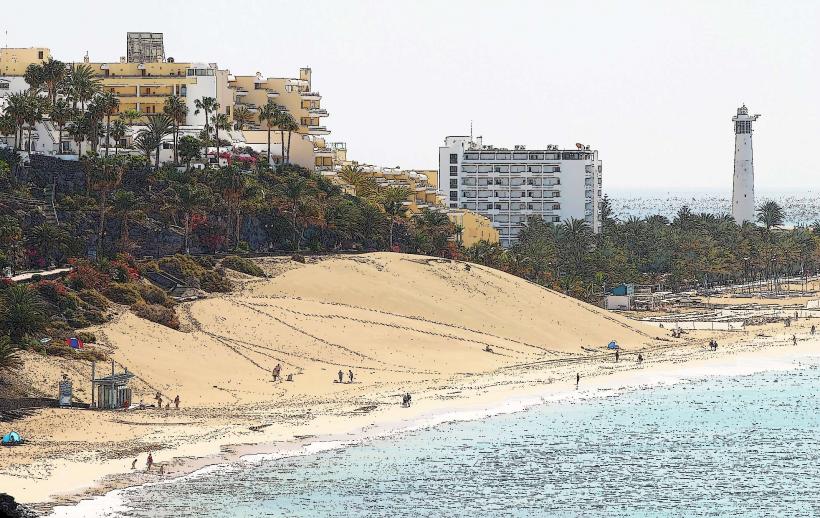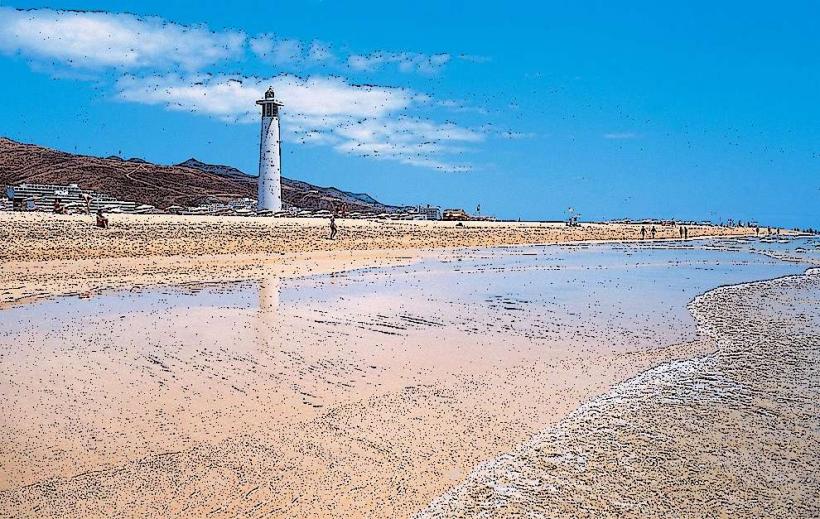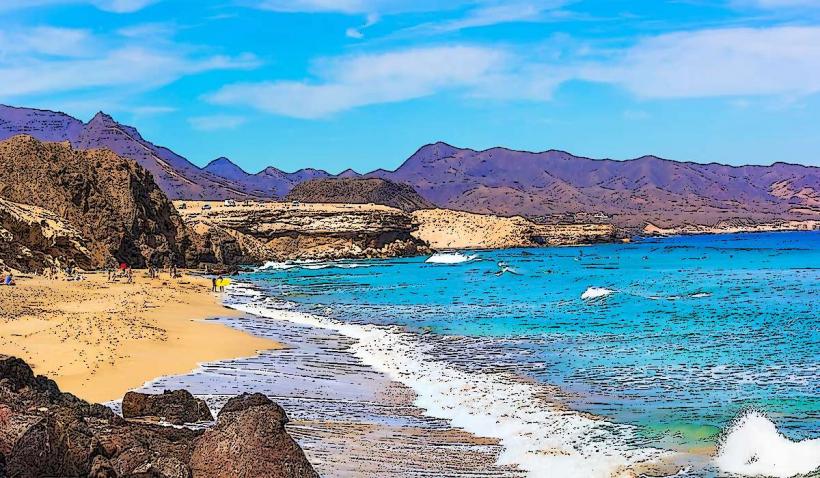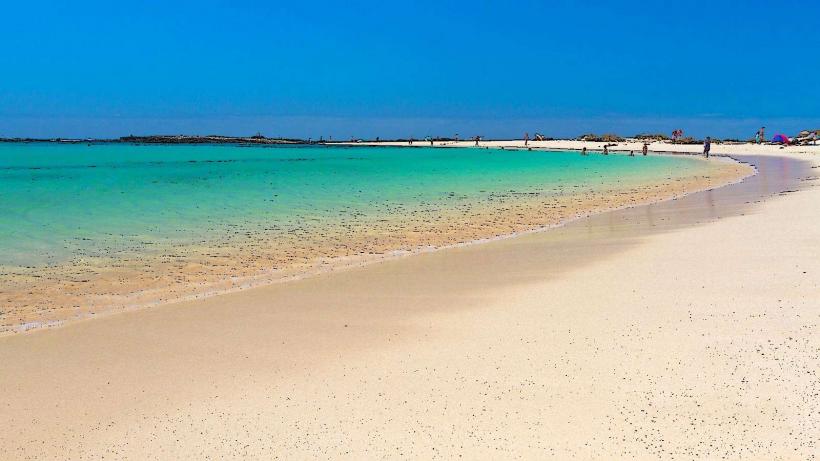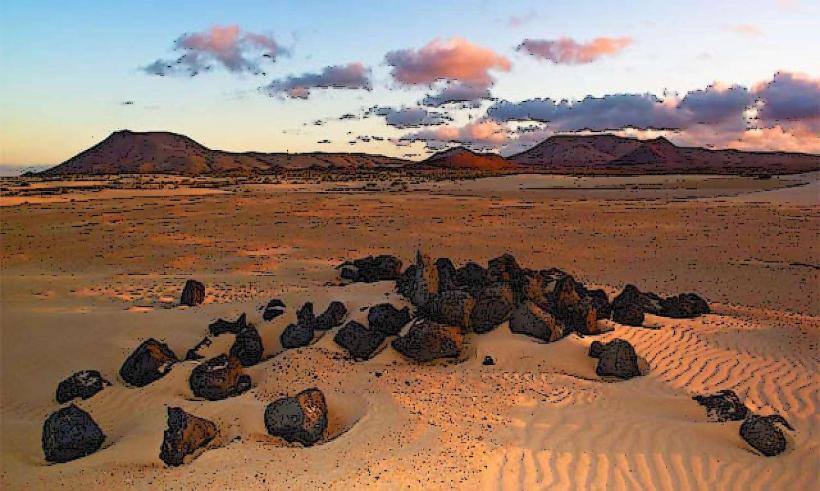Information
Landmark: Museo de la SalCity: Fuerteventura
Country: Canary Islands
Continent: Europe
Museo de la Sal (Salt Museum) is located in the town of Las Salinas del Carmen, situated on the southeastern coast of Fuerteventura, in the municipality of Antigua. This unique museum is dedicated to the island’s salt production history, showcasing the importance of salt in Fuerteventura’s economic and cultural development. The museum provides an insightful glimpse into the island's traditional industries and offers visitors a chance to learn about one of Fuerteventura’s most valuable natural resources.
1. Historical Background of Salt Production
- Salt has been an essential commodity on Fuerteventura for centuries. The island’s salt flats, known as salinas, were historically used to extract salt from the sea. This process was crucial not only for local consumption but also for export to other regions of the Canary Islands and beyond.
- The Salinas del Carmen site is one of the oldest salt-producing areas on the island, and the Museo de la Sal tells the story of this traditional industry, which was once one of the main economic drivers for the island's rural communities.
- The museum highlights the ancient techniques used by local inhabitants to harvest and process salt, using solar evaporation and natural evaporation from sea water to create salt crystals. The salt was primarily used for preserving food, particularly fish, which was a significant part of the local diet.
2. The Museum’s Exhibits
- The Museo de la Sal is housed in a restored traditional building near the Salinas del Carmen. The exhibits are designed to educate visitors about the history and significance of salt production in Fuerteventura.
- The museum’s collection includes:
- Historical Tools and Artifacts: Visitors can see the tools and equipment used by workers in the salt flats, such as shovels, rakes, and containers used for collecting and transporting salt.
- Photographs and Illustrations: The museum features a range of photographs that document the history of salt production on the island, showing how the process has evolved over time.
- Model of the Salt Works: There is a detailed model of the Salinas del Carmen, showing the layout of the salt flats and how the production process worked. This gives visitors a better understanding of the methods used to extract salt from seawater.
- Salt Varieties: The museum explains the different types of salt produced, including sea salt and flavored salts, as well as their various uses, both culinary and medicinal.
- Local History: The museum also delves into the social and economic impact of salt production on Fuerteventura, exploring how it shaped the island’s communities and its importance in trade.
3. The Salinas del Carmen
- The Salinas del Carmen salt flats are the working salt pans near the museum. While the museum provides the historical context, the salinas offer a glimpse of the actual salt production process in action.
- The salt flats are still operational today, with workers continuing the traditional methods of salt harvesting. Visitors can see the salt ponds, which are arranged in terraces, and the pools where seawater is collected and evaporated to produce salt.
- The salinas are located along the coast, where the natural conditions of sun and wind make it ideal for salt evaporation. The area is quite picturesque, with salt pans set against the backdrop of the ocean.
4. Learning Experience
- The Museo de la Sal offers an educational experience for visitors of all ages. It is an excellent spot for those interested in local history, traditional industries, or Canarian culture. The museum presents the salt production process in a clear and accessible way, allowing visitors to understand the steps involved in transforming seawater into salt.
- The museum also provides insights into how salt was historically an essential part of life on Fuerteventura, not only for preservation but also for trade. This makes it a great stop for visitors seeking to deepen their knowledge of the island's agricultural and industrial heritage.
5. Visiting the Museum
- Location: The Museo de la Sal is located in Las Salinas del Carmen, near the village of Antigua on the island’s southeastern coast. It is close to the main road connecting Puerto del Rosario and Morro Jable, making it easy to access by car.
- Opening Hours: The museum is typically open daily, though it’s always a good idea to check for any updates on hours before planning a visit. It's open throughout the year, but summer months can be especially busy with tourists.
- Admission: Entrance fees are generally affordable, and the museum is suitable for families, solo travelers, and anyone interested in the island's cultural heritage.
- Guided Tours: The museum often offers guided tours in Spanish and English, providing a more in-depth understanding of the history and process of salt production. These tours can enrich the experience and allow visitors to ask questions and learn more from the knowledgeable guides.
6. Nearby Attractions
- Playa de la Cebada: A nearby beach perfect for a peaceful day by the sea, located just a short drive from the museum.
- Museo de Arte Sacro: In the town of Antigua, this small museum displays religious art and artifacts, adding a cultural complement to the visit to the salt museum.
- Fuerteventura’s Beaches: The south of the island, where Las Salinas del Carmen is located, is home to some of Fuerteventura’s most famous beaches, including Playa de Sotavento and Playa de Jandía, both known for their clear waters and scenic beauty.
7. Best Time to Visit
- The best time to visit the Museo de la Sal is during the spring and autumn, when the weather is milder and more comfortable for exploring the outdoor areas of the salt flats.
- Winter can also be an ideal time for a visit, as temperatures are cooler, but the area is less crowded compared to the summer months.
- It is best to visit earlier in the day to avoid the midday heat if you plan on walking around the salt flats or taking a guided tour.
Conclusion
Museo de la Sal is a unique and fascinating museum that highlights an important aspect of Fuerteventura’s cultural heritage. By exploring the history of salt production on the island, visitors gain a deeper appreciation for the traditional industries that have shaped life in this part of the Canary Islands. Whether you're a history buff, nature lover, or just someone looking to learn more about Fuerteventura, the Salt Museum offers a memorable and educational experience.

